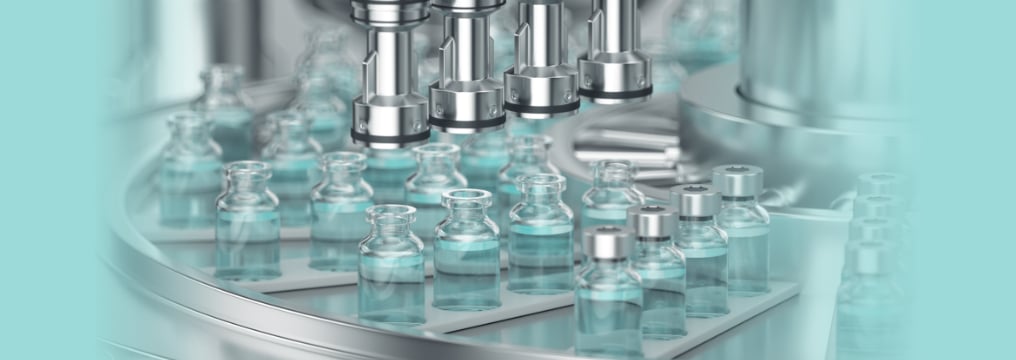
One of the most important updates is related to the description and evaluation of the application and use of the modern barrier technologies aimed at protecting the products from contamination: mostly, Restricted Access Barrier Systems (RABS) and isolators. This is an important improvement with respect to the Annex 1 previous version, where such technologies were not included nor evaluated. However, many authors who have been discussing the content of the Annex 1 draft released in 2020 have noticed that such technologies were described and recommended in a roughly similar manner, regardless of the protection performance of the different technologies. There is no doubt that the level of protection from the outer environment provided to the sterile product by RABS (whether open or closed) or by isolators is markedly different. Besides the higher segregation level provided by an isolator, the modalities for materials entry and the need for personnel interventions are significantly different among open RABS, closed RABS and isolators. All these aspects invariably lead to different levels of criticality and contamination risks, and hence to totally different modalities for process management and contamination control. In the final version of the Annex 1 (rev. 2022) the specifications and requirements for the management of such barrier technologies were markedly improved, with important distinctions between RABS and isolators.
Regardless of barrier technologies’ effectiveness, I’d like to focus on the complementary aspect of sterility assurance: Quality Management. Roughly speaking, sterility assurance and contamination control system have a twin-pan balance, offering the technology on one side and QMS on the other. The technology side is composed of all the equipment and systems in place to ensure control over the production and contamination risk, from the HVAC system, BMS, EMS, sterilization and decontamination systems, and of course, barrier technologies. The QMS side is composed of all the procedures in place to minimize the risk of contamination when the technologies are used for all routine manufacturing activities. This side is composed of numerous different aspects that must be designed, defined, precisely applied and monitored, from personnel gowning, to material transfer, cleaning and disinfection procedures, monitoring plans, etc. With this perspective, it is intuitive that the more effective the technology in place is, the less impact on the management system and related requirements must be. Furthermore, let me add that the twin-pan balance metaphor give us some additional important tips:
-
You can never leave one pan empty -- it can seem a silly consideration, but relying on the most powerful technology, and underestimating the importance of the procedural measure to be applied, is unfortunately quite common. As powerful as your barrier technology in place is, it is the management system you design and how you maintain it effectively over time that makes the difference. It is the knowledge of your processes and activities, the way you assess the risk, the approach you use to design your containment strategies, and the way you periodically check their effectiveness, to provide you a robust contamination control strategy, regardless of the technology you choose.
-
It’s a balance -- you can compensate one pan with the other. Not all sterile manufacturers are ready to implement the most modern and effective technologies to contain the risk of contamination. This doesn’t mean you’re lost. It only means you must strengthen the ways in which you control the process and the contamination risks through your procedural measures, the strategies you adopt and the approach you use to the assess the risks. This is why the new draft Annex 1 quotes the words “risk assessment” almost one hundred times: because this is the very first tool you have to effectively develop an effective strategy to contain the contamination risk, regardless of the technology level you want to, or you can, implement.
Due to the important number of new requirements and recommendations included in the new Annex 1, many sterile manufacturers perceive the aspects above described as really challening in reaching full compliance. In any case, this can provide a great opportunity to improve the actual effectiveness of the overall control system for your processes and for the risk of contamination of your products.